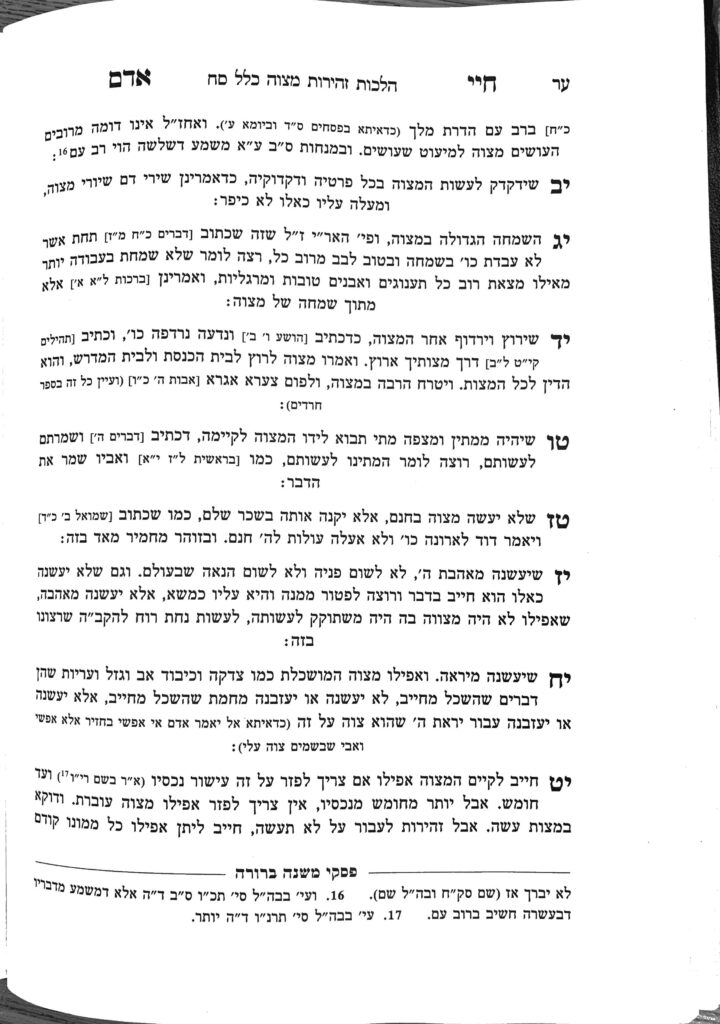We are continuing in siman 19, discussing the halachos of spending money on mitzvos.
The Chofetz Chaim writes in Ahavas Chessed that the one fifth limitation does not apply to learning or supporting torah. In one of the versions of the Sefer, the publisher points out in his notes that the Chofetz Chaim brings a proof to this point in his sefer Likkutei Halachos. (Likkutei Halachos is a Rif-style sefer which the Chofetz Chaim wrote on the masechtos of Shas upon which the Rif did not write.) In Maseches Yoma, the Gemara brings the story of Hillel Hazakein, who would give half of his daily wage to be able to enter the beis midrash. The Chofetz Chaim concludes from this story that one may give more than one fifth for learning or supporting Torah. The Chofetz Chaim continues, and adds that we also see a proof that learning or supporting Torah is an exception from the concept of a Yissachar-Zevulun partnership, where the Zevulun clearly gives more than one fifth of their money to the Yissachar.
Rav Elyashiv writes that the proof from Maseches Yoma is inconclusive, because the Chofetz Chaim himself points out in the Biur Halacha that if a person has a steady income, the one fifth limitation does not apply to them (see shur 1444). On the other hand, the publisher’s notes in Ahavas Chesed point out that Hillel did not seem to have a steady income, and his income was dependent on finding new work every day, as we know that there was at least one day on which he was not hired.
Regarding the Yissachar Zevulun partnership, Rav Moshe has a long teshuva in which he discusses the parameters of such a partnership. He points out that it is not a tzedakah relationship, but a shutfus (partnership), so it is also not clear how the partnership is a proof to the Chofetz Chaim’s point about limud hatorah.
Nonetheless, the Chofetz Chaim is on record as holding that one may spend more than one fifth of their money on learning or supporting Torah. The Sefer Shomrei Mitzvah suggests that the exception is due to the fact that learning and supporting Torah is the greatest mitzvah. We have learned (1442) that one of the suggestions behind the one fifth limitation is so that a person should have enough for other mitzvos that come their way, but if Torah is the greatest mitzvah, there is no better mitzvah for which to save money.
The sefer Shomrei Mitzvah also brings from the Sefer Marcheshes that if kibud av v’eim is mishel ben (that the financial outlay is the child’s responsibility; see 1339), there would be no one fifth limitation. However, the Minchas Chinuch holds there would still be a limitation. Either way, we hold that kibbud av v’eim is mishel av, so halachically this machlokes makes no difference to the final psak.
We see some exceptions to the concept of one fifth. Since the one fifth limitation is a takanas Chazal, they did not see it proper to establish their takanah in these situations.
Summary
The one fifth limitation does not apply to learning or supporting Torah.



